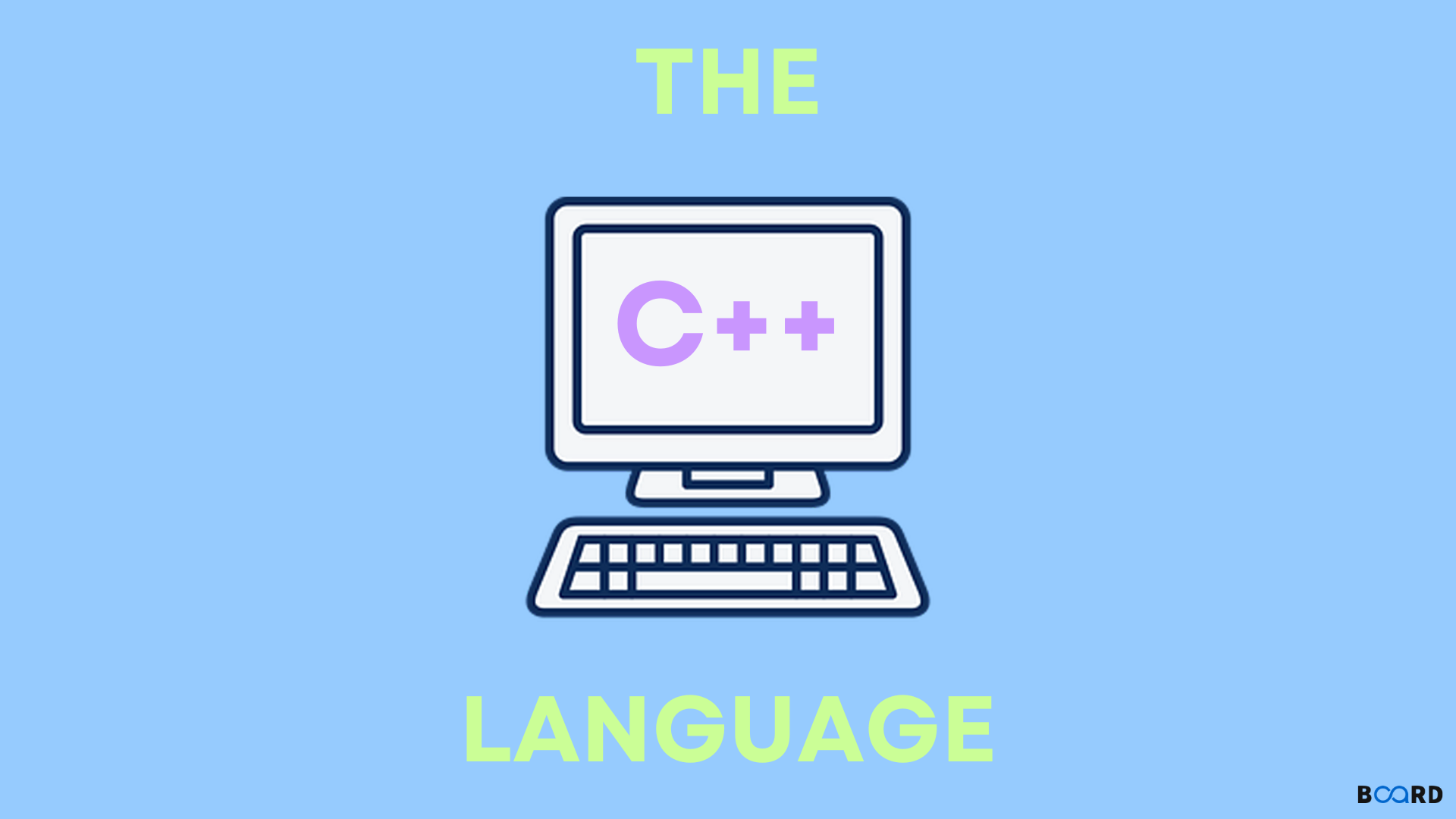C++ Fundamentals: Understanding the Basics
C++ Language: An Overview

Introduction
We will examine C++ in-depth in this post, looking at its standard libraries, applications, and other aspects. A language for object-oriented programming is C++. However, C++ actually allows both procedural and modular programming. Given that it possesses both lower- and higher-level linguistic characteristics, it may be categorized as a middle-level language. As a result, C++ excels at both high-level and low-level applications, such as system programming.
History
Initially, Bjarne Stroustrup invented C++ in 1979 at Bell Labs as a development for the C language. It was known as "C with Classes" at the time. Later, in 1983, C++ was added to the name. Since C++ is a specialized version of C, it supports practically all of the features of the C language, making every script written in C also a program written in C++.
Object-Oriented Programming
All characteristics of object-oriented programming are supported by C++, including:
- Inheritance
- Polymorphism
- Encapsulation
- Abstraction
Standard Libraries
The fundamental building blocks of all programming languages, including variables, constants, data types, etc., are present in C++ as well. A wealth of capabilities in the standard C++ library support a variety of manipulating operations, including text operations, array transformations, etc. Additionally, the standard template library (STL) offers a wealth of tools for manipulating container classes or data structures.
Nature of C++
In a word, C++ is a general-purpose, case-sensitive, highly or statically typed, compiled language that is a free-form programming language. In addition to this, it includes features for object-oriented programming and a tonne of other features, including STL, that make it a well-known language. The majority of C++ compilers support the ANSI standard, ensuring the portability of C++.
Uses of C++
- Numerous applications in practically every application sector may be programmed using C++.
- In reality, C++ is also used to create the main user interfaces for both the Windows and Macintosh operating systems.
- Low level system programming and device driver softwares that need hardware manipulation are mostly written in C++.
C++ Sample Program
To display a string of characters to the console, let's look at a straightforward example. The C++ source code, sometimes known as just code (a collection of programming instructions), will resemble.
Scope of C++
According to the TIOBE Index for January 2018 C++ is the 3rd most popular programming language after Java and C language respectively on 1st and 2nd. There is so much going on C++ language. VR is reviving C and C++ development because as we all know VR (Virtual Reality) games are very computationally intensive. So if anyone want to go into the VR world, C and C++ might be a very good choice, mostly with the Unreal Engine to be able to learn how to do that, which has become popular in the VR stuff, Oculus Rift and many others.
Advantages Of Knowing C++
The widespread use of C++ in virtually every industry is the main benefit of understanding it. Practically nothing can replace C++. Although various languages have occasionally included a few C++ capabilities, no other language can achieve everything that we can do with C++. When given the opportunity, you may truly work and learn about the compiler and other low-level concepts by utilizing C++ because it is employed in low-level programming. C++ programmers are paid more than other programmers since they have greater opportunities in the software industry.
Conclusion
With all these benefits, you can simply start using our C++ courses right now. In the following sections, we'll go over every C++ topic in depth so that programmers of all experience levels may quickly learn how to use this fantastic language.
